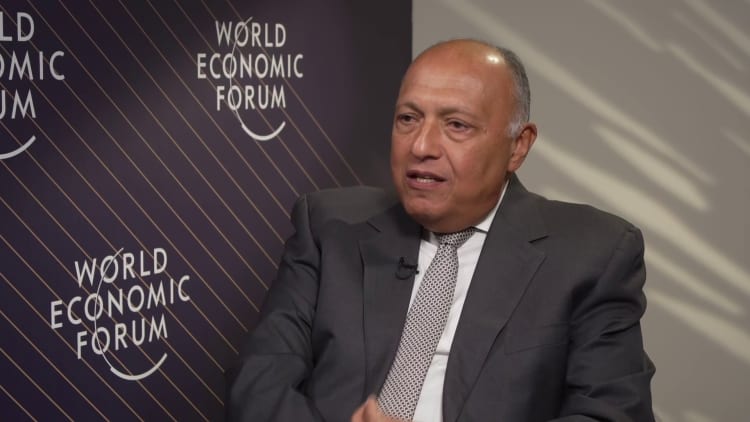Job creation in March far exceeded expectations, signaling continued acceleration in what has been a busy and resilient labor market.
Nonfarm payrolls rose by 303,000 this month, well above the Dow Jones estimate of a 200,000 increase and higher than the downwardly revised 270,000 gain in February, the Labor Department’s Bureau of Labor Statistics reported Friday.
The unemployment rate fell slightly, as expected, to 3.8%, although the participation rate rose to 62.7%, up 0.2 percentage points from February. A broader measure that includes discouraged workers and those holding part-time jobs for economic reasons held steady at 7.3%.
In the key measure of average hourly wages, wages rose 0.3% for the month and 4.1% from a year ago, both in line with Wall Street estimates.
The growth came from many of the usual sectors that have driven gains in recent months. Healthcare ranks first with 72,000, followed by government (71,000), leisure and hospitality (49,000) and construction (39,000). Retail contributed 18,000 while the Other Services category added 16,000.
The February revision was just 5,000 lower, while the January revision increased the total by 27,000 to 256,000, still well below the original estimate of 353,000.
“This is another really strong report,” said Lauren Goodwin, economist and chief market strategist at New York Life Investments. “This report and the February report showed some expansion in job creation, which is a very good sign.”
Despite the decline in the overall unemployment rate, the rate for Blacks rose to 6.4%, up 0.8 percentage points, reaching its highest level since August 2022. The rates for Asians and Hispanics fell sharply to 2.5% and 4.5%. respectively.
A series of positive gains have kept unemployment below 4% since January 2022, although there have been some signs of disruption. For example, the number of household employees rose only slightly last year, while temporary employment fell sharply.
However, the household survey used to calculate the unemployment rate recorded an even larger increase of 498,000 in March, more than offsetting the 469,000 increase in the civilian workforce.
In the household survey, the increases were primarily attributable to part-time employees. The number of full-time employees fell by 6,000, while the number of part-time employees increased by 691,000. The proportion of multiple employees rose by 217,000 to 5.2% of total employment.
Markets have been watching the jobs data closely, especially as the Federal Reserve weighs its next steps on monetary policy. Stocks have slumped this week on fears that a strong job market and resilient economy could keep the central bank on hold for longer than expected.
Stock market futures rose following the report, while Treasury yields also contributed to the gains.
The Fed wants to bring inflation back down to 2% a year, a target that has proven elusive even though the rate of price increases has slowed since peaking in mid-2022. Most measures assume inflation above 3%, although the Fed’s preferred measure is below that level.
Market prices suggest the first rate cut will come in June, although several Fed officials, including Chairman Jerome Powell, indicated this week that they favor a cautious, data-dependent approach. The BLS is scheduled to release its March consumer price index on Wednesday.
Correction: The unemployment rate fell slightly to 3.8%. An earlier version stated the move incorrectly.
Don’t miss these stories from CNBC PRO:
Source link
2024-04-05 14:06:21
www.cnbc.com










